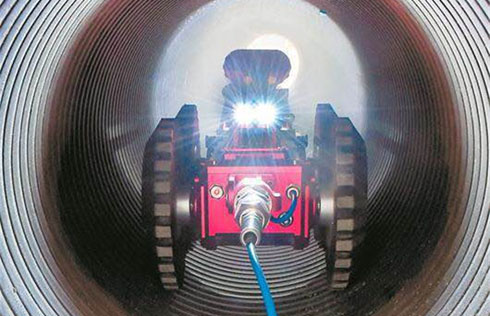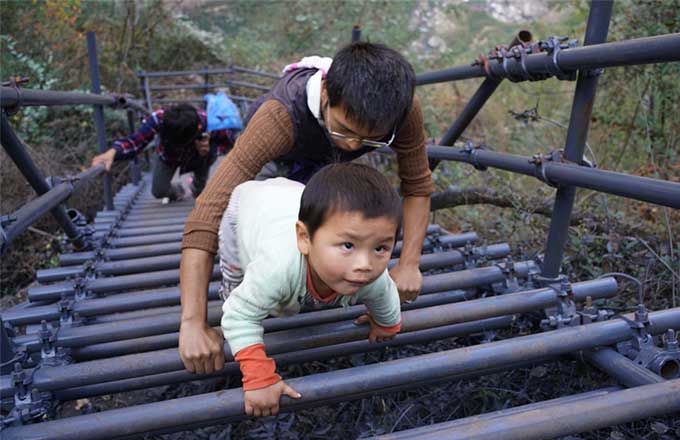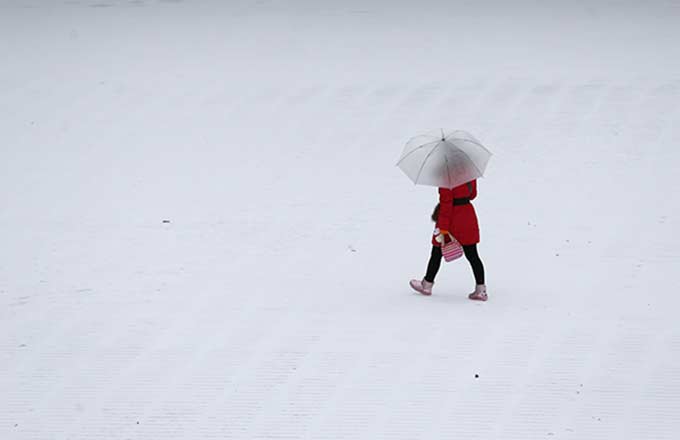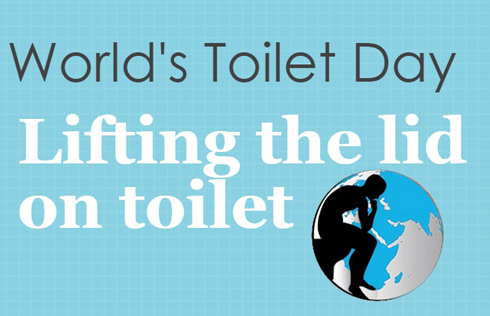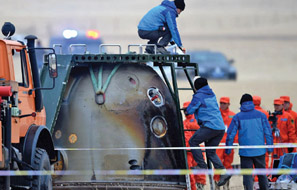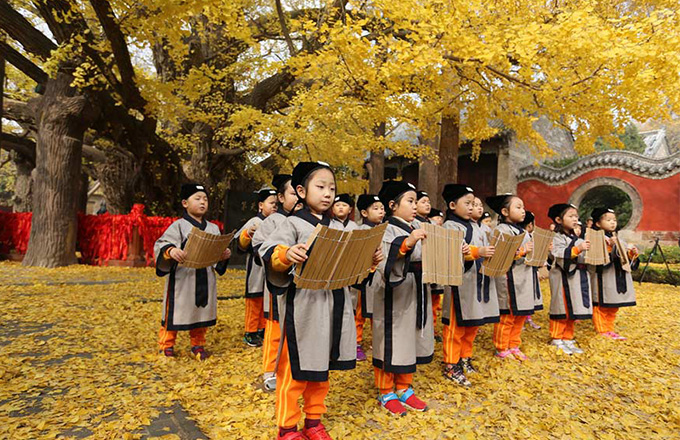Plan boosts poverty alleviation efforts
More targeted method aims to help balance regional development, build a well-off society by 2020
The government has decided to further target poverty alleviation by developing appropriate and suitable industries to boost economic growth and raise income in the least-developed areas.
The plan is a way of precisely alleviating these regions from low income conditions and poor living standards, part of a five-year program for poverty alleviation that was approved at a State Council executive meeting, which was presided over by Premier Li Keqiang on Tuesday, according to a statement released after the meeting.
Achieving poverty alleviation is beneficial to balanced development among different regions and building a well-off society with shared wealth, a target the government has set for 2020, the statement said.
Last year, President Xi Jinping pledged to eradicate poverty on the Chinese mainland by 2020, enabling 55.75 million people in 592 counties with an annual income per capita under the poverty line of 2,800 yuan ($405) to earn more.
According to the statement, the plan will accelerate a series of major projects that focus on border areas, areas with ethnic groups and clustered poverty-stricken areas. The targeted poverty alleviation plan will also promote forestry, tourism and e-commerce and produce products for each village, township and county, aiming to increase farmer income and diversify the local economy.
Targeted poverty alleviation has been espoused for years, changing from the traditional method of granting money or distributing food and other goods to locals to developing an industry to establish an enduring channel of income.
In addition, favorable policies in financing and land will be conducted in the plan while the east will be encouraged to help the west promote balanced development, the statement said.
"Targeted poverty alleviation has shifted its focus to specific farmers and their families from the traditional focus on regional development," said Li Xiaoyun, a professor of rural studies at China Agricultural University. This framework sets specific targets for objectives, projects, funds and who will benefit, the professor added.
Yuexi county, one of the 592 counties that has been struggling with low income due to its isolated location deep in the Dabie Mountains in East China's Anhui province, exemplifies just how important developing a suitable industry for poverty-stricken people can be.
Decades ago, locals picked up assistive materials such as food and quilts. However, the assistance didn't change the status quo for farmers, many of whom earned around 1,000 to 2,000 yuan per year.
When a new expressway was opened to connect the county with the provincial capital Hefei four years ago, the county government showed investors how to develop tourism and the manufacturing of agricultural products, building on its advantages of fresh air and water and uncontaminated agricultural land.
Now, a new tourist site called Dabie Mountain Rainbow Fall has been established in Huangwei township to attract more than 100,000 visitors each year, bringing continuous income for the farmers who run restaurants and hostels.
Zheng Guangfa, a 40-year-old restaurant owner, said the key is that tourism brings customers whose consumption means an unbroken channel for earnings. "About 20 years ago, farmers only grew rice and wheat. That was far from enough to afford their children's education or build a nice house," Zheng said. "Industry can be sustainable in raising our income."
Last year, Zheng bought a car worth 200,000 yuan. Such a purchase was a dream before the new business was established.
The township can use its advantage in having an enjoyable environment as the nation deals with air pollution, said Shu Hanbing, the township's Party chief. "This is a target we can achieve with inbound investments, raising living standards for the locals," he said.







